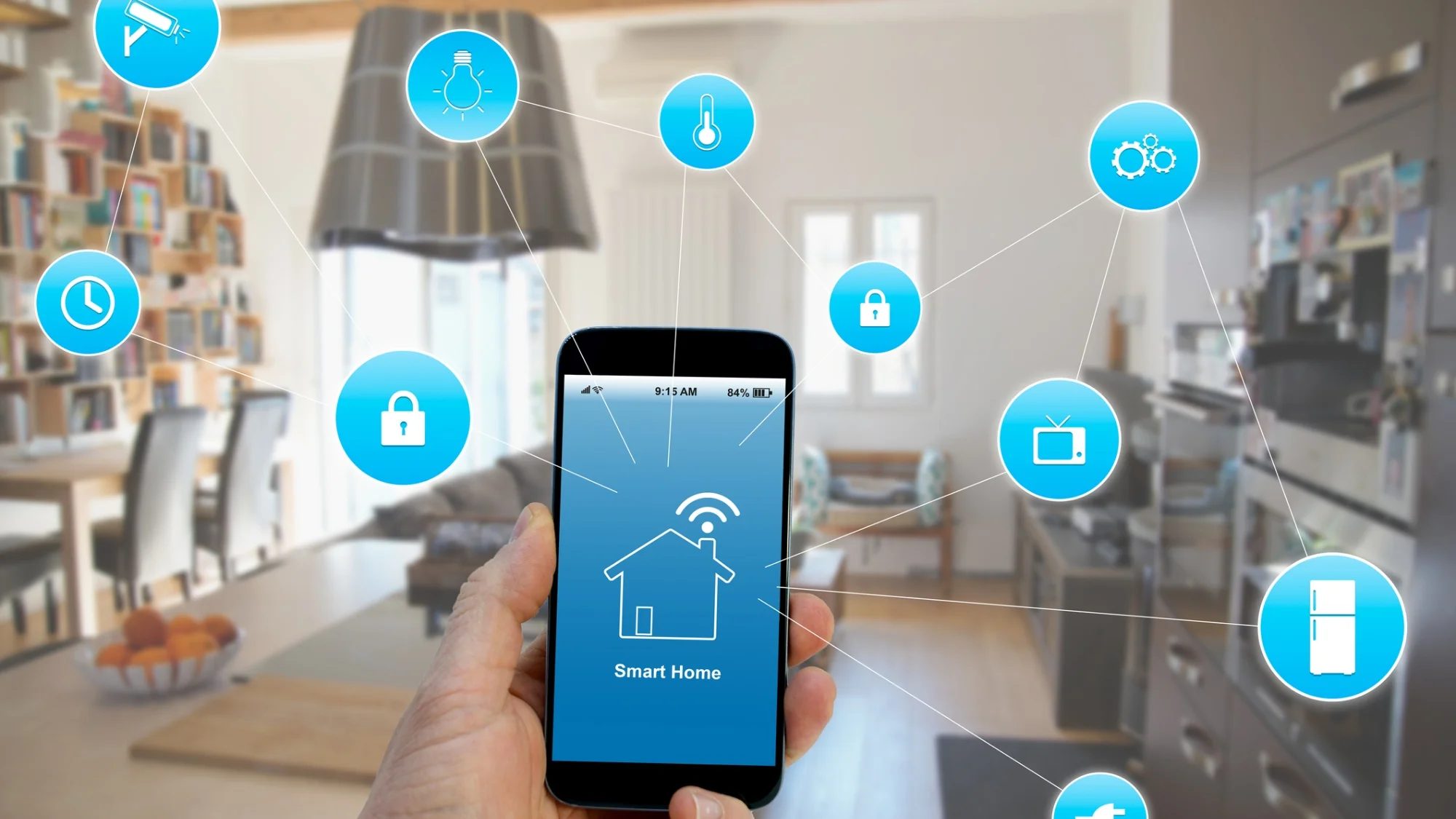Introduction
Integrate Smart Home Devices Without Compatibility Issues, shows that you’ve finally decided to turn your home into a high-tech haven. Smart lights? Check. Voice assistant? Of course. A smart doorbell that gives you live updates when the neighbor’s cat strolls by? Absolutely. But wait why isn’t anything working together?
If you’ve ever screamed at your smart speaker for ignoring your command or wondered why your smart thermostat doesn’t talk to your lights, you’re not alone. Compatibility issues can turn the dream of a smart home into a frustrating mess. But don’t worry we’re diving deep into how to integrate smart home devices without pulling your hair out.
Why Compatibility Matters More Than You Think
Picture this: you’ve got a smart fridge from Samsung, smart lights from Philips Hue, and a thermostat from Nest. Each one is fantastic on its own. But when it’s time to create routines or scenes like “movie night mode” they all start ignoring each other like feuding siblings.
That’s the compatibility problem in a nutshell. Devices might be smart, but if they don’t speak the same “language” or connect on the same “network,” they become, well… dumb.
Start With a Smart Home Ecosystem
What Is a Smart Home Ecosystem?
Think of a smart home ecosystem like a family gathering everyone needs to get along and understand each other. Whether it’s Amazon Alexa, Google Home, Apple HomeKit, or Samsung SmartThings, picking your ecosystem early on is crucial.
Choosing the Right Ecosystem
Here’s a quick breakdown to help you decide:
- Amazon Alexa: Works with a massive number of third-party devices. Great voice assistant support.
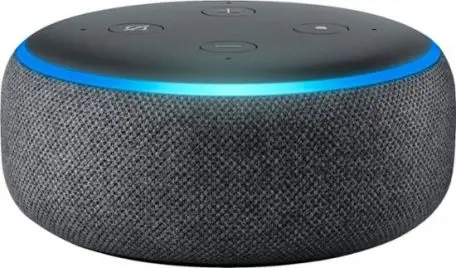
- Google Home: Excellent for Android users, intuitive controls, and integrates well with Google services.
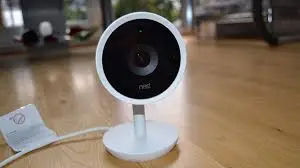
- Apple HomeKit: Best for privacy and iOS users, though device support can be limited.
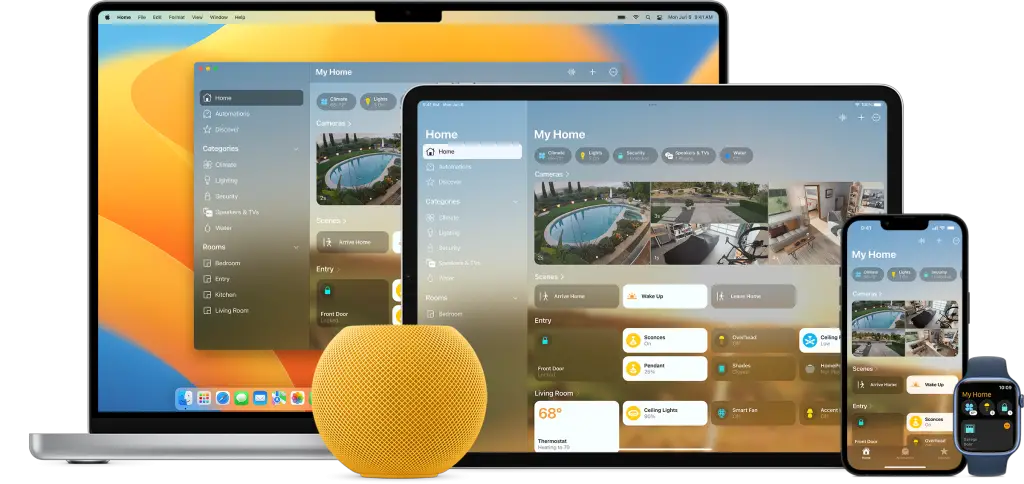
- Samsung SmartThings: Versatile and good at bridging gaps between ecosystems.
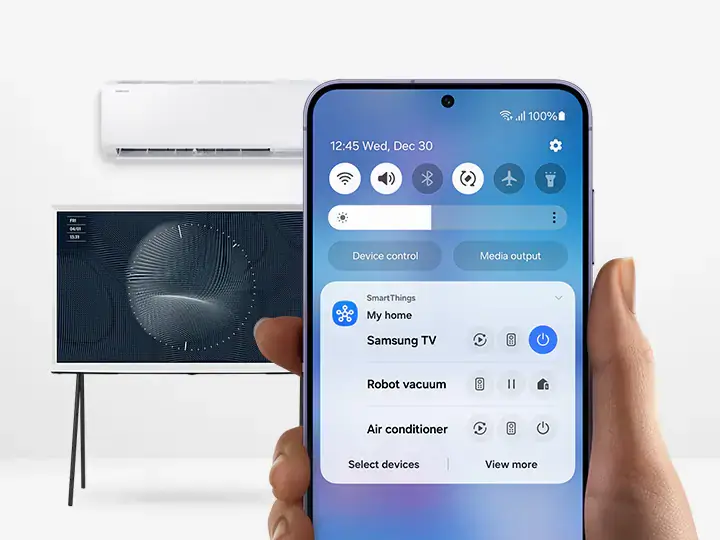
Check for “Works With” Labels
Before you buy anything, always check for that golden label: “Works with Alexa,” “Works with Google Assistant,” or “Compatible with HomeKit.”
It’s like reading the nutrition label at the grocery store yes, it’s that important. If the product doesn’t clearly say it plays nice with your chosen ecosystem, skip it or do more research.
Embrace Matter – The Future of Smart Home Compatibility
What Is Matter?
Matter is a new universal smart home standard backed by Apple, Google, Amazon, and more. Think of it as the United Nations of smart devices helping everyone speak the same language regardless of brand.
Raspberry Pi Face Mask Detection & Temperature COVID-19 Project
Why Matter Changes the Game
- Cross-brand compatibility: Devices from different companies can finally work together smoothly.
- Offline functionality: Many Matter devices can operate even without the internet.
- Future-proofing: Buying Matter-compatible devices ensures longevity as tech evolves.
So when shopping, keep your eyes peeled for the Matter logo it’s the real MVP here.
The Impact of AI on Workforce Training in Smart Manufacturing
Use a Smart Hub (Yes, It Still Matters)
What Does a Hub Do?
A smart hub is like the conductor of your tech orchestra. It connects and manages all your devices, allowing you to create complex automations, like turning on the lights when the door opens.
Popular Smart Hubs
- Amazon Echo (some models): Built-in Zigbee hub support.
- Samsung SmartThings Hub: Supports a wide range of devices and protocols.
- Apple HomePod Mini: Works as a hub for HomeKit users.
Don’t think of a hub as “one more gadget.” Think of it as the glue that holds your smart home together.
Choose Devices With Interoperability in Mind
Stick With Major Brands
Big names like Philips Hue, Ecobee, Yale, and Arlo are more likely to support multiple ecosystems and protocols. These companies know users want flexibility, and they design for it.
Avoid Proprietary Locks
Some companies force you to stay within their brand for everything to work (looking at you, some older smart lock companies). Unless you plan to commit to one brand forever, steer clear of these locked ecosystems.
Wi-Fi, Zigbee, Z-Wave… What’s the Difference?
Let’s break it down without going full nerd:
- Wi-Fi: Most common. Easy setup, but too many Wi-Fi devices can clog your network.
- Zigbee: Low-power, fast, mesh network (devices strengthen the signal). Needs a hub.
- Z-Wave: Similar to Zigbee, but with better range and fewer devices on the same frequency.
- Bluetooth: Limited range, mostly good for close-proximity control.
If you’re mixing and matching protocols, a hub that supports multiple is your best bet.
Automate the Right Way
Scenes vs. Routines
- Scenes: Set the mood. Example: “Romantic dinner” dims the lights and plays soft music.
- Routines: Automate actions based on triggers. Example: “When I leave home, turn off the thermostat and lock the door.”
Using your ecosystem app (like Alexa or Google Home), you can create complex automations that make your smart home feel… well, smart.
Use IFTTT for Extra Magic
If your devices don’t naturally talk to each other, use IFTTT (If This Then That). It bridges gaps between platforms and allows for custom automations, like texting you when your washing machine cycle ends.
Don’t Forget About Security
Smart Doesn’t Mean Safe (Automatically)
Many people focus on features but forget about securing their smart devices. Remember, your smart home is part of your home network.
Security Tips
- Change default passwords ASAP.
- Keep firmware updated.
- Use two-factor authentication where possible.
- Separate smart home devices on a guest Wi-Fi network.
A smart home should be safe and smart.
Keep Your Apps Organized
Too Many Apps, Too Much Chaos
Every device comes with its own app, but juggling 12 different apps gets old fast. Use your ecosystem’s main app (like Alexa or HomeKit) to centralize control.
Pro tip: Remove unnecessary apps once the device is integrated into your main system. Less clutter = less confusion.
Test Before You Go All-In
Start Small
Instead of going full Jetsons overnight, test integration with a few devices. Try syncing a smart light, plug, and speaker to see how your ecosystem handles it.
Expand Gradually
Once you’re confident, scale up with thermostats, cameras, smart locks, and sensors. Think of it like leveling up in a game you’ll be smarter (and more patient) with each new device.
Don’t Ignore Firmware Updates
Why Updates Matter
Firmware updates do more than just add new features they squash bugs, patch security holes, and improve integration. Make it a habit to check for updates every few months.
Some apps let you turn on auto-updates. Do it. Your future self will thank you.
Consider Voice Control Setup Early
Voice Assistants Aren’t All Equal
Make sure the devices you buy respond well to your chosen assistant. While Alexa and Google Assistant are widely supported, Siri is more limited outside of HomeKit.
Pro Tips for Voice Setup
- Rename devices for easy voice commands. “Kitchen Light” is better than “Device 473.”
- Group devices into rooms or zones.
- Use voice shortcuts like “Good morning” to trigger multiple actions.
Troubleshoot With Patience (and Forums)
Everyone Hits Snags
Glitches happen. Devices drop off the network, apps act weird, and integrations fail.
Fix It Like a Pro
- Restart the device (seriously it works more often than you’d think).
- Re-add the device in your ecosystem app.
- Check Reddit, manufacturer forums, or YouTube for guides.
You’re never the only one who’s had that problem before.
Create a Long-Term Integration Plan
Think Ahead
Before splurging on that smart pet feeder, ask yourself:
- Does it integrate with my current setup?
- Can I control it remotely?
- Is there community support or updates?
Creating a checklist or even a vision board for your smart home helps you stay focused and avoid impulse buys that cause compatibility nightmares.
Final Thoughts: Build Smart, Not Just “Smart”
Integrating smart home devices without compatibility issues is totally doable you just need the right game plan. Think of your smart home as a symphony. When all the instruments (devices) are in sync with the conductor (ecosystem/hub), the music (automation) is smooth, harmonious, and beautiful.
So go ahead, build your connected castle but do it smartly, one compatible brick at a time.
FAQs: How to Integrate Smart Home Devices Without Compatibility Issues
1. What is the most compatible smart home ecosystem?
Amazon Alexa and Google Home tend to support the widest range of devices, but Apple HomeKit is great for iOS users seeking privacy.
2. Can I use devices from different brands together?
Yes if they support a common protocol like Matter or are compatible with the same ecosystem or hub, you can mix brands with ease.
3. Is a smart hub necessary?
Not always, but hubs improve connectivity, support more protocols (like Zigbee or Z-Wave), and enable more complex automations.
4. How do I know if a device is Matter-compatible?
Look for the Matter logo on packaging or the product page. Most major brands are now releasing Matter-supported devices.
5. Can I automate devices without the internet?
Some automations work offline if the devices communicate over local protocols (like Zigbee) and are managed by a local hub or Matter-supported ecosystem.
